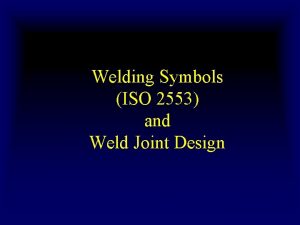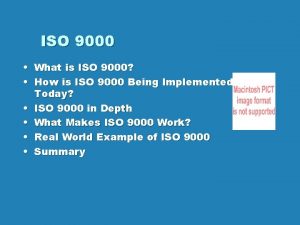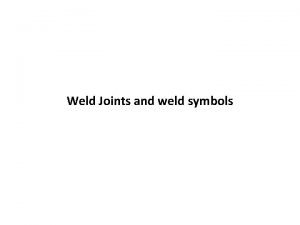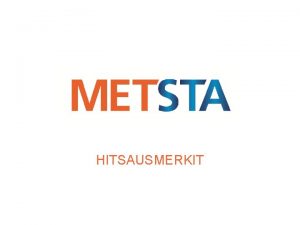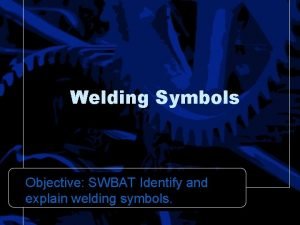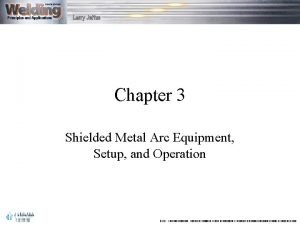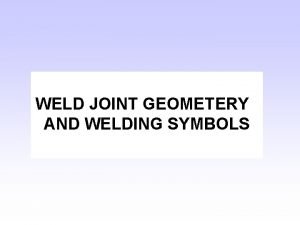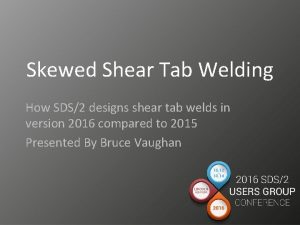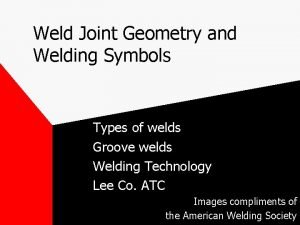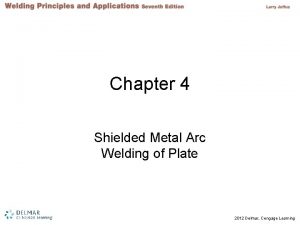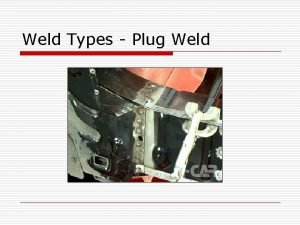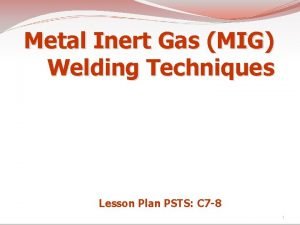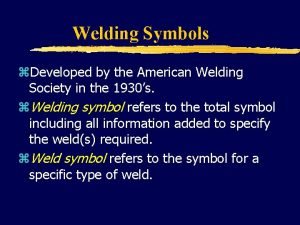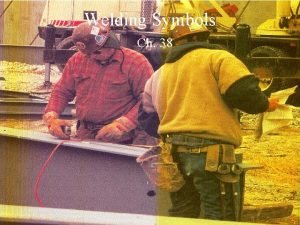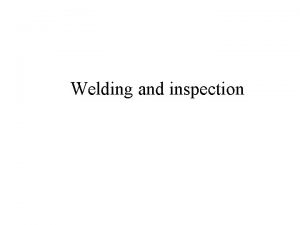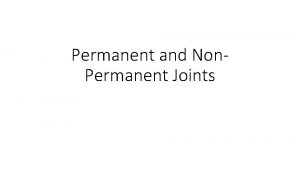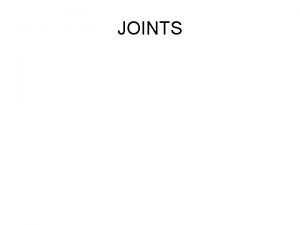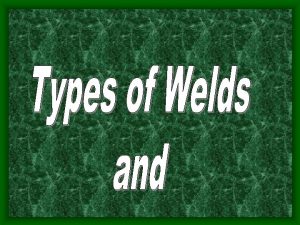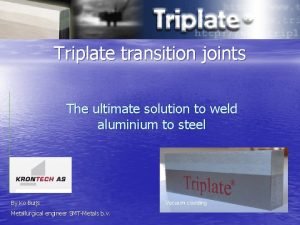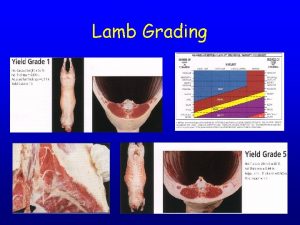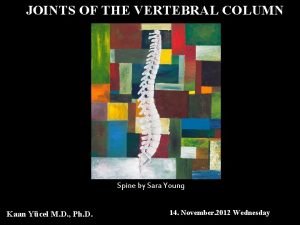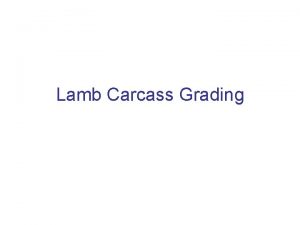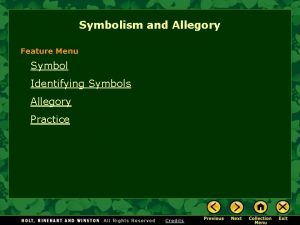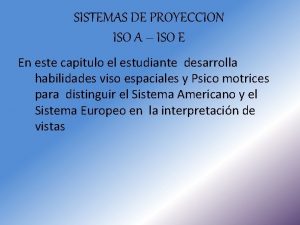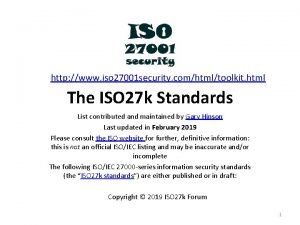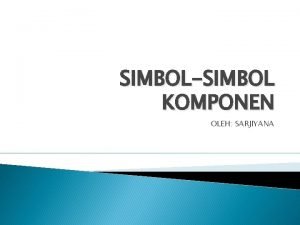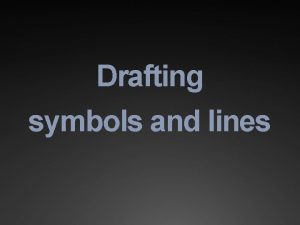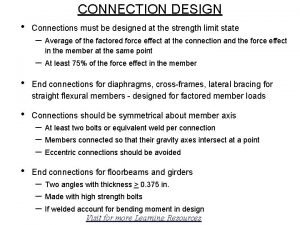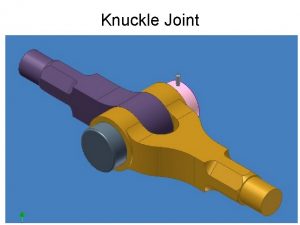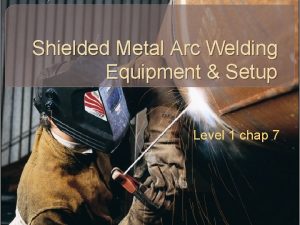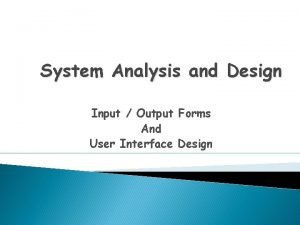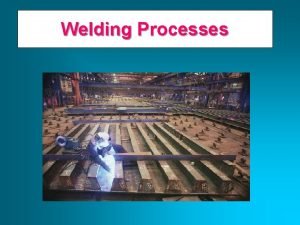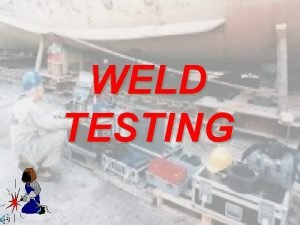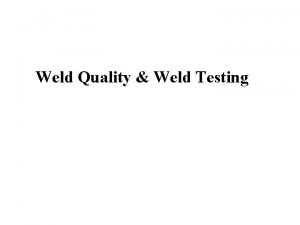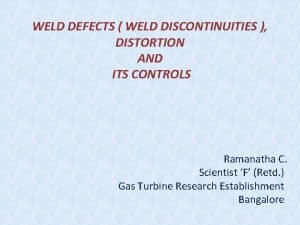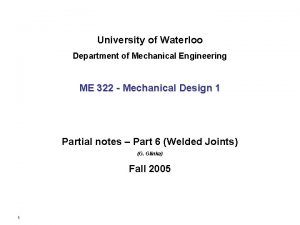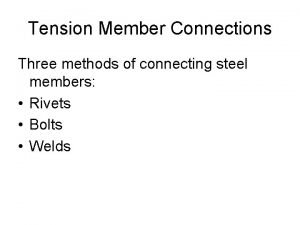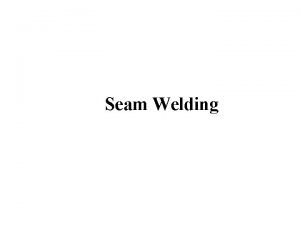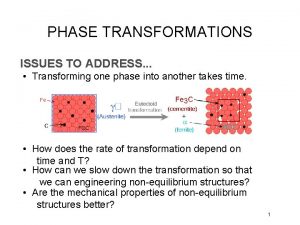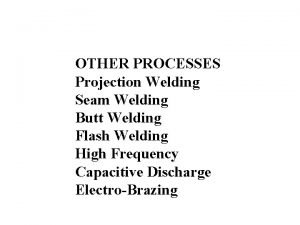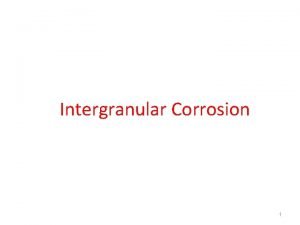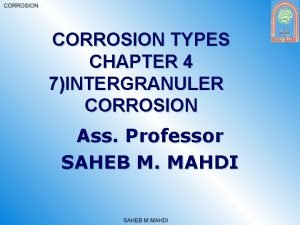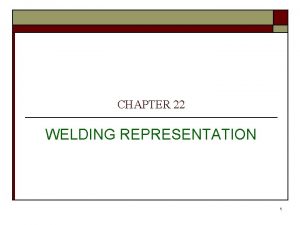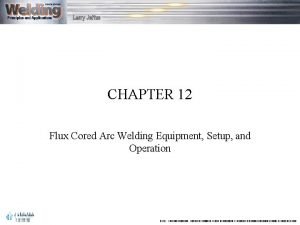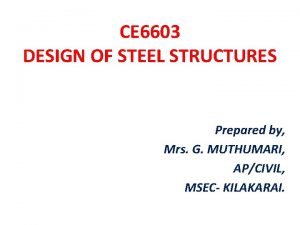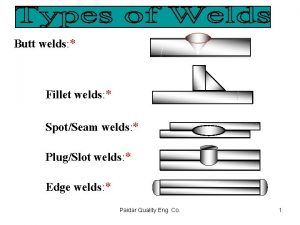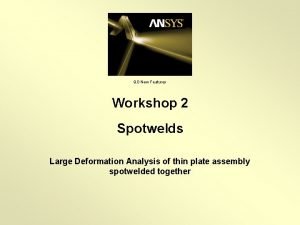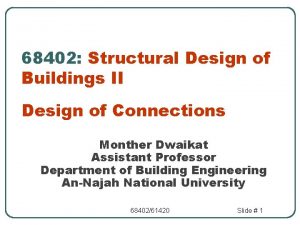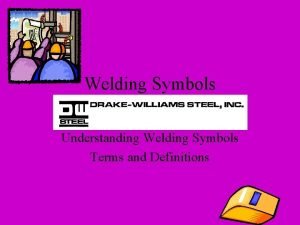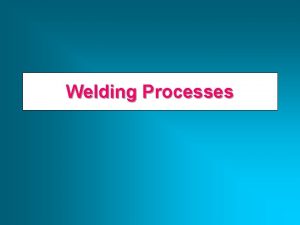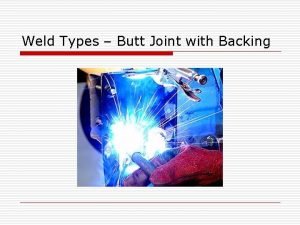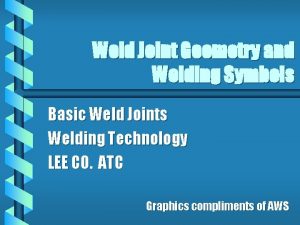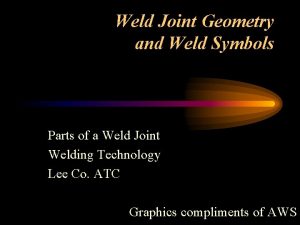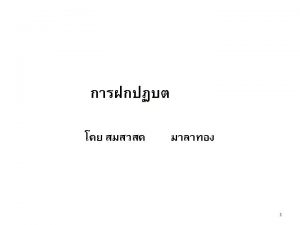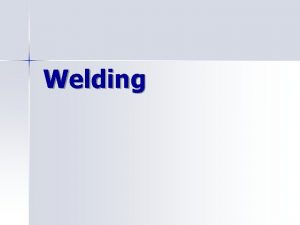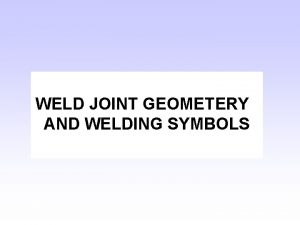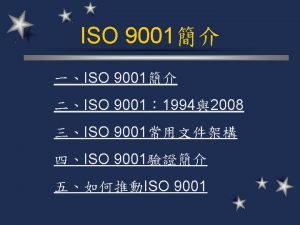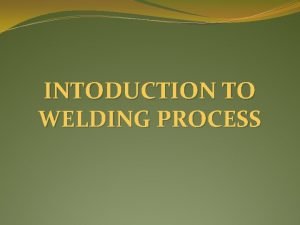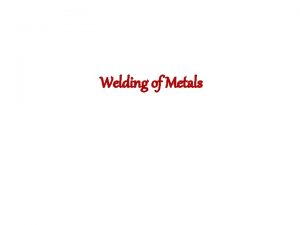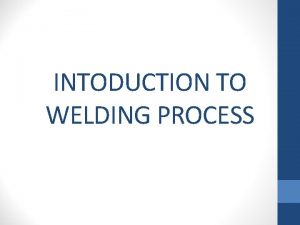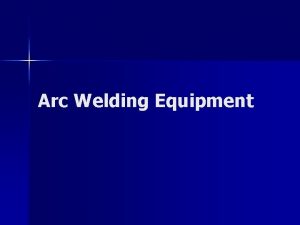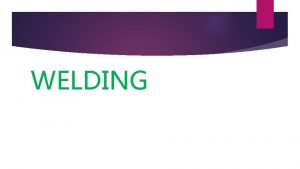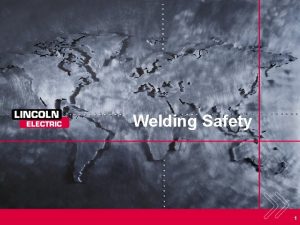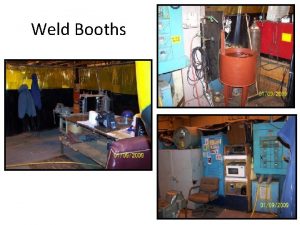Welding Symbols ISO 2553 and Weld Joint Design

Welding Symbols (ISO 2553) and Weld Joint Design

ELEMENTARY WELD SYMBOLS Square Groove Weld Single V Groove Weld

ELEMENTARY WELD SYMBOLS Single Bevel Groove Weld Single V Groove Weld with Broad Root Face

ELEMENTARY WELD SYMBOLS Single Bevel Groove Weld with Broad Root Face Single U Groove Weld

ELEMENTARY WELD SYMBOLS Single J Groove Weld Backing Weld

ELEMENTARY WELD SYMBOLS Fillet Weld Plug / Slot Weld

ELEMENTARY WELD SYMBOLS Spot Weld Seam Weld

ELEMENTARY WELD SYMBOLS Edge Weld Surfacing

SUPPLEMENTARY SYMBOLS Weld Profile Flat Convex Concave

SUPPLEMENTARY SYMBOLS M Toes blended smoothly Permanent Backing Strip MR Removable Backing Strip

SUPPLEMENTARY SYMBOLS Peripheral Welds

SUPPLEMENTARY SYMBOLS Site welds

SUPPLEMENTARY SYMBOLS Tail Optional) Sequence of Information in the Tail • Process (as per ISO 4063) • Acceptance Level (as per ISO 5817 or ISO 10042) • Working Position (as per ISO 6947) • Filler Materials (as per ISO 544 or ISO 2560 or ISO 3581)

EXAMPLES OF APPLICATION Method of representation Reference Line (Continuous) Arrow Line Reference Line (Dashed) Weld Joint

EXAMPLES OF APPLICATION Welding on the Arrow Side Other Side

EXAMPLES OF APPLICATION Welding on the Other Side Arrow Side Other Side

EXAMPLES OF APPLICATION Welding on the Other Side Arrow Side

EXAMPLES OF APPLICATION Welding on the Arrow Side Other Side Arrow Side

EXAMPLES OF APPLICATION Which is the Other Side in this case? Side B Side A Side C Side D

EXAMPLES OF APPLICATION Welding on both Sides Arrow Side Other Side

EXAMPLES OF APPLICATION Symmetric Welding on both Sides

EXAMPLES OF APPLICATION Pointing of Arrows for Bevel and J Joints OR

EXAMPLES OF APPLICATION Pointing of Arrows for Bevel and J Joints

DIMENSIONING OF WELDS Butt Joints l s

DIMENSIONING OF WELDS Fillet Welds z 5 l 5 5 a 5 l 5

DIMENSIONING OF WELDS Fillet Welds a a a

DIMENSIONING OF WELDS Intermittent Fillet Welds z n x l (e)

DIMENSIONING OF WELDS Staggered Intermittent Fillet Welds z n x l (e) l (e)

DIMENSIONING OF WELDS Spot Weld d n (e) e d e

DIMENSIONING OF WELDS Seam Weld d n x l (e) l e d

DIMENSIONING OF WELDS Plug Weld d n (e) e d e

DIMENSIONING OF WELDS Slot Weld d n x l (e) l e d

WELD JOINT DESIGN

Edge Preparation - Need Poor penetration Poor strength Good penetration Good strength (100% joint efficiency)

Edge Preparation Factors which influence choice of edge preparation - Thickness - Material - Welding process - Extent of penetration required - Welding distortion - Cost

Basic Joint Types butt lap tee corner edge

Basic Weld Types Groove welds Fillet weld Plug / slot weld Spot / seam weld

Applicable Welds for Butt joint Square Groove weld Bevel Groove weld J Groove weld V Groove weld U Groove weld

Applicable Welds for Butt joint Double V Groove weld Double U Groove weld Double Bevel Groove weld Double J Groove weld

Applicable Welds for Tee joint

Applicable Welds for Lap joint Fillet weld Plug / slot weld Spot / seam weld

Applicable Welds for Corner Joint

Applicable Welds for Edge Joint Edge weld

Butt joint Square Groove weld Root gap

Butt joint Single V Groove weld Groove angle Root face Root gap

Weld Reinforcement Correct reinforcement Excess reinforcement Minimum cost High cost Good joint strength Poor joint strength Under reinforcement Poor joint strength

Butt joint – Complete Joint penetration Weld from face side Back gouging Back weld

Butt joint – Complete Joint penetration Backing weld Back gouging

Butt joint – Complete Joint penetration (welding from one side) TIG / SMAW welding Consumable guide

Butt Joint – Double V groove Less weld metal Less distortion Higher edge preparation cost Better for thickness > 20 mm Single V groove More weld metal More distortion Lower edge preparation cost Better for thickness < 20 mm

Butt Joint – U groove Groove angle Root radius Root face Root gap Good access at the root Less weld metal Higher edge preparation cost Better for thickness > 40 mm

Butt Joint – Bevel groove Single bevel groove Bevel angle 40 to 50° Difficult to approach the root Weld defects Double bevel groove Back gouging to remove root defects Good weld quality

Butt Joint – J groove Good access at the root Back gouging and back welding to get good weld quality Less weld metal Higher edge preparation cost Better for thickness > 40 mm

Tee Joint – Full strength joint In a full strength joint, leg = 0. 75 x thickness throat = 0. 707 x leg = 1. 414 x throat leg

Tee Joint – Full penetration joint 45° or 60° leg = throat

Tee Joint Actual throat Theoretical throat AWS D 1. 1 recommendation when gap > 1. 6 mm – to increase leg size of fillet by the amount of gap

Lap Joint overlap AWS D 1. 1 recommendation Overlap = 5 x thickness (1 inch minimum) Gap between mating faces = 1. 6 mm max

Welding Position – Groove 1 G 3 G 2 G 4 G

Welding Position – Groove 1 G 2 G 5 G 6 G 45°

Welding Position – Fillet 1 F 2 F 3 F 4 F

Welding Position – Fillet 1 F 2 F 5 F

Welding Positions – Groove Position Inclination of axis Rotation of face Flat 0° to 15° 150° to 210° Horizontal 0° to 15° 80° to 150° 210° to 280° Overhead 0° to 80° 280° to 360° Vertical 15° to 80° to 280° to 90° 0° to 360°

Welding Positions – Fillet Position Inclination of axis Rotation of face Flat 0° to 15° 150° to 210° Horizontal 0° to 15° 125° to 150° 210° to 235° Overhead 0° to 80° 0° to 125° 235° to 360° Vertical 15° to 80° 125° to 235° 80° to 90° 0° to 360°
- Slides: 63
